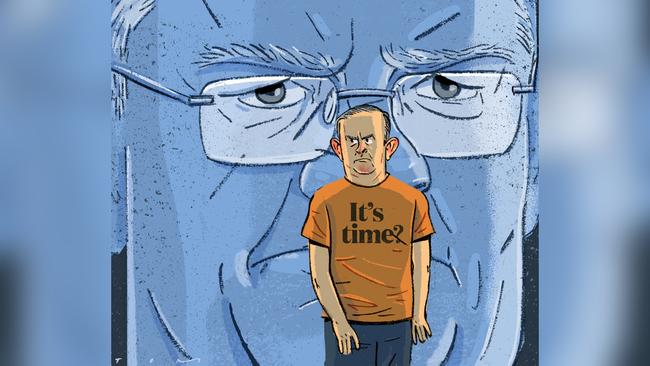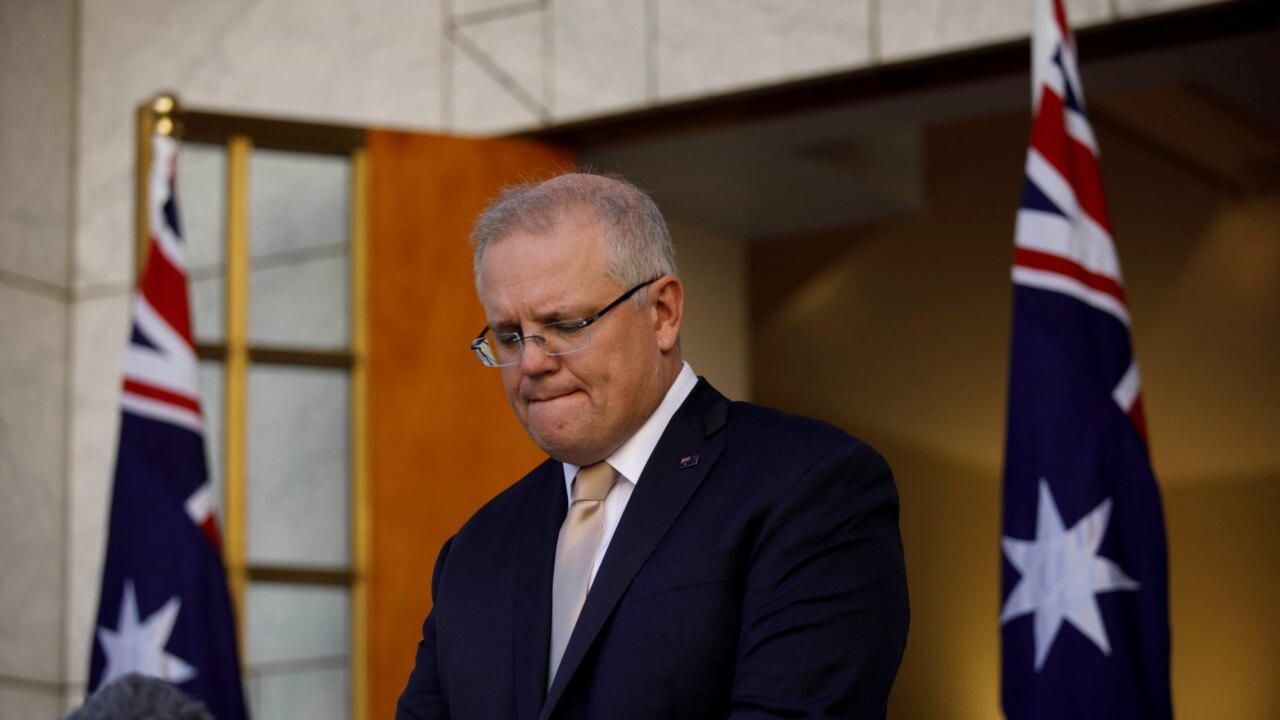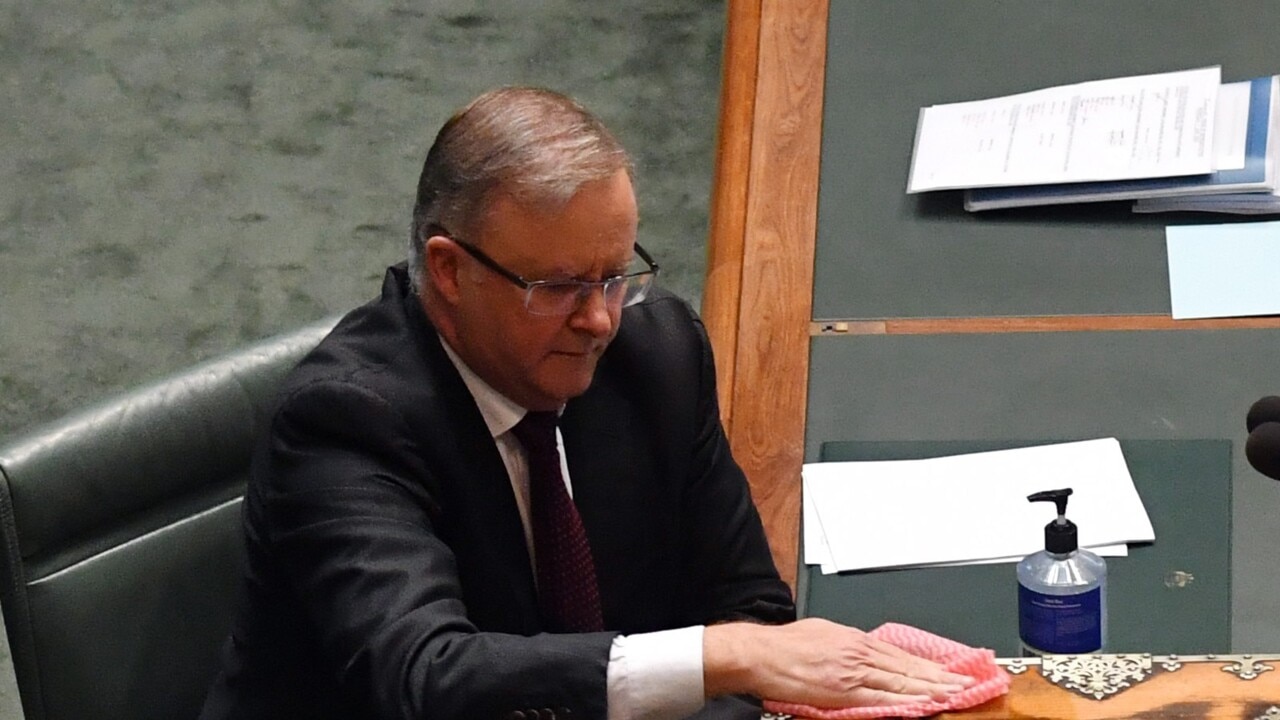Labor must take a good hard look at itself
Anthony Albanese should take heed: Scott Morrison won’t be easy to dislodge.

At the time Labor seemed like a powerful organisation. The likes of Graham Richardson and Robert Ray controlled the Labor government’s factional and strategic decision-making. Paul Keating gave the government serious policy ballast and no small amount of mongrel in parliament. And Hawke kept the show together with his consensus style of leadership, including in his relationship with the ACTU’s Bill Kelty.
Paul Kelly’s seminal book The End of Certainty, which took in the 1993 election, became my bible for understanding the weighty issue of that era. The fact Keating found a way to come back and defeat John Hewson at that election only solidified the strength of the Labor machine in my mind.

In those days there were heady and divisive debates at the centre of the political showdowns. The Business Council of Australia targeted Labor ferociously, even though micro-economic reform was at the centre of the government’s agenda. Unions were divided about moves Labor was making but came together under the party’s campaign banner. And the media (as always) gave Labor a hard time, more so than the Coalition. The political machine that was the Labor Party appeared strong, strategic, and focused on significant reform for mainstream Australia. There was no sense of disintegration as had occurred when the party split in the 1950s, nor of the variety Joel Fitzgibbon talked about this week as modern Labor battles to find its soul.
At the time the Coalition was a mess. The Nationals broke free from the Coalition at one point, and during most of the 1980s and early 90s it caused no small amount of problems for the Liberal Party. The Joh for PM campaign thwarted Howard’s 1987 election ambitions. The disunity in the wake of Howard’s political removal put Peacock on the back foot at the 1990 election.
The campaign unit within the Coalition wasn’t as dynamic as that of Labor, and the opposition was caught between popularism and political ideology.
By 1993 it found too much of the latter and Labor used populist fearmongering to bring down Hewson. But those years were the exception to the rule in Australian politics, the rule being that federal Labor doesn’t dominate and rarely wins. It struggles to maintain unity and is not the natural party of government at the federal level.

Since Robert Menzies was elected as the first Liberal prime minister in 1949, the conservative side of politics has been in power for nearly 70 per cent of the time (49 of 71 years), and of course it is in power today, with few signs of that changing any time soon. In what is one of the world’s most rigid two-party systems, that is domination.
The Hawke and Keating years account for most of Labor’s relatively limited time in power since World War II. So those of us who grew up learning about politics during that time have a distorted view about the political professionalism of Labor and the extent of division within the conservative side of politics.
Since Keating lost the 1996 election to Howard, the national dominance of the conservatives has been restored. Howard led the nation for nearly 12 years and the incumbent Coalition government (albeit with three successive prime ministers) will govern for at least nine years before Labor gets the chance to return to government. Not that Labor looks remotely likely to win the next election; it’s Scott Morrison’s to lose.
All of this needs to be food for thought for federal Labor, which has proven incapable of securing the successes the party has been capable of at the state level. It simply may be that state governments are elected on their capacity to provide service delivery, meaning that Labor finds itself in an even fight as voters swing between the party of the supposed fiscal conservatives and Labor, which is better known for its passion in policy areas such as health and education. In contrast, federally the dominant areas of responsibility are managing the economy, foreign affairs and defence — natural Coalition strengths, according to the opinion polls.
If Anthony Albanese thinks he can win the next election simply by working with an “it’s time” factor, he is likely to get a rude shock. That was the campaign theme for Gough Whitlam after 23 years of conservative governance, not a mere nine. Kevin Rudd won against
Howard by representing generational change after one leader in his late 60s had been prime minister for nearly 12 years.
Albanese is five years older than Morrison, who will have been Prime Minister for less than four years come the next election. Morrison also will be the first PM other than Howard to have served a full term in office in more than a quarter of a century. These are hardly preconditions for a successful “it’s time” campaign. Equally, the Liberals largely have put their political and policy divisions behind them. The departures of Tony Abbott and Malcolm Turnbull ended a decades-old feud between the pair, restoring stability. No one within the federal parliamentary party will challenge Morrison’s authority.
The conservative side no longer defines itself by the ideological divides of the 1980s and early 90s. It has returned to the simple principle on which it was founded: to give a voice to the mainstream and keep Labor away from the Treasury benches.
The irony that it doubled the debt Labor accumulated during the global financial crisis, only to be on course to double it again fighting the coronavirus isn’t lost on me. But it does appear to be lost on an electorate that believes the Liberals are better economic managers.
And Morrison is fast developing the political skills of Howard. One senior Labor operative told me they thought Morrison might be even better than Howard in terms of political skills, marvelling at his ability to pivot away from questions he doesn’t want to answer and deflect blame for responsibilities that clearly fall into his lap. US president Harry Truman had a sign on his desk: “The buck stops here.” Morrison has a trophy with an asylum-seeker vessel on it with the words “I stopped these”.
When you throw in the Prime Minister’s marketing background, in particular his time spent as a NSW state director running campaigns, Morrison’s capacity for political manoeuvring becomes even clearer. Especially as long as Andrew Hirst remains federal party director. His skills in conjunction with Morrison’s relentless campaigning against Bill Shorten snatched their party an unlikely win last year.
For any of us who grew up watching the Labor political machine dominate the conservatives, it’s important to remember that was an aberration. The true order sees federal Labor regularly outwitted and outmanoeuvred by the Coalition. There’s no sign of that changing.
Peter van Onselen is political editor at the Ten Network and a professor of politics and public policy at the University of Western Australia and Griffith University.




I first developed an interest in politics during the late 1980s, when Bob Hawke was prime minister, and Andrew Peacock and John Howard were battling it out to lead the Liberal Party. I was in my early teens and, although my parents weren’t political, we did discuss and debate politics at home.